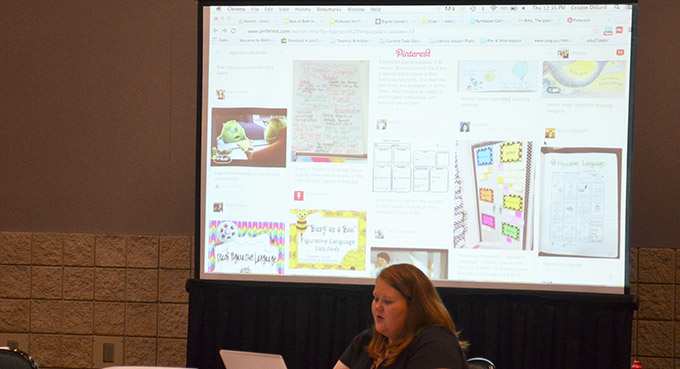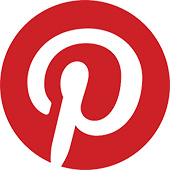 Have you ever gone to your son or daughter’s school for a parent teacher conference and found their teacher on the Pinterest website? Before you worry that the teacher is more concerned with posting the latest wedding dresses, and neck tie fashions to the social network, they may actually be doing it for the class, and for the parents.
Have you ever gone to your son or daughter’s school for a parent teacher conference and found their teacher on the Pinterest website? Before you worry that the teacher is more concerned with posting the latest wedding dresses, and neck tie fashions to the social network, they may actually be doing it for the class, and for the parents.
Pinterest has become widely adopted across teachers in K-12 schools. Teachers are using ti to share classroom posters, project ideas, and even curriculum implementation ideas across all subject areas.
Pinterest allows users to pin things to different “boards” within their Pinterest profile. Those boards can be whatever the user desires and since it’s introduction four years ago, Pinterest has seen a wide range of uses. Some users do make boards of pretty wedding dresses, while other pin their favorite video games. It’s the flexibility of the service that makes it so popular.
Although there are thousands of educational programs, platforms, apps and even social networks for schools, the mainstream social networks have been inching their way into the classroom. Back in May we reported on Twitter making its way into the classroom as an interactive tool for students to participate in discussions.
On Thursday at the Alabama Eduational Technology Conference in BirminghamCristin Dillard a Library Media Specialist at Banks School in Pike County, gave a series of lectures including one on Digital Content Creation: Pinterest For Professionals.
During her hour long discussion Dillard showed a full house of educators how to navigate through Pinterest to find well curated boards pertaining to education. Dillard showed off boards that featured everything from great literary quotes to teaching tools and posters that could be easily printed for a classroom.
Dillard also showed the teachers in the audience how to curate their own boards and make them available for other teachers to search. Teachers often have bookmarks or favorite links to content that they use regularly in the classroom, Pinterest is a way to share those and discover new ideas as well.
Pinterest isn’t just for the teachers though. Dillard went onto explain that teachers can use a Pinterest board to give parents ideas to help their children at home. A quick search of Pinterest found hundreds of ideas and projects for elementary and middle school students to do while they’re home for the summer.
Pinterest just recently began selling advertising on the network. Rather than traditional ads though, advertising teams at Pinterest are finding ways to incorporate a company’s messaging into the natural flow of pinning. This means that teachers, parents and even students won’t be inundated with pop ups and banner ads while trying to discover educational content.

